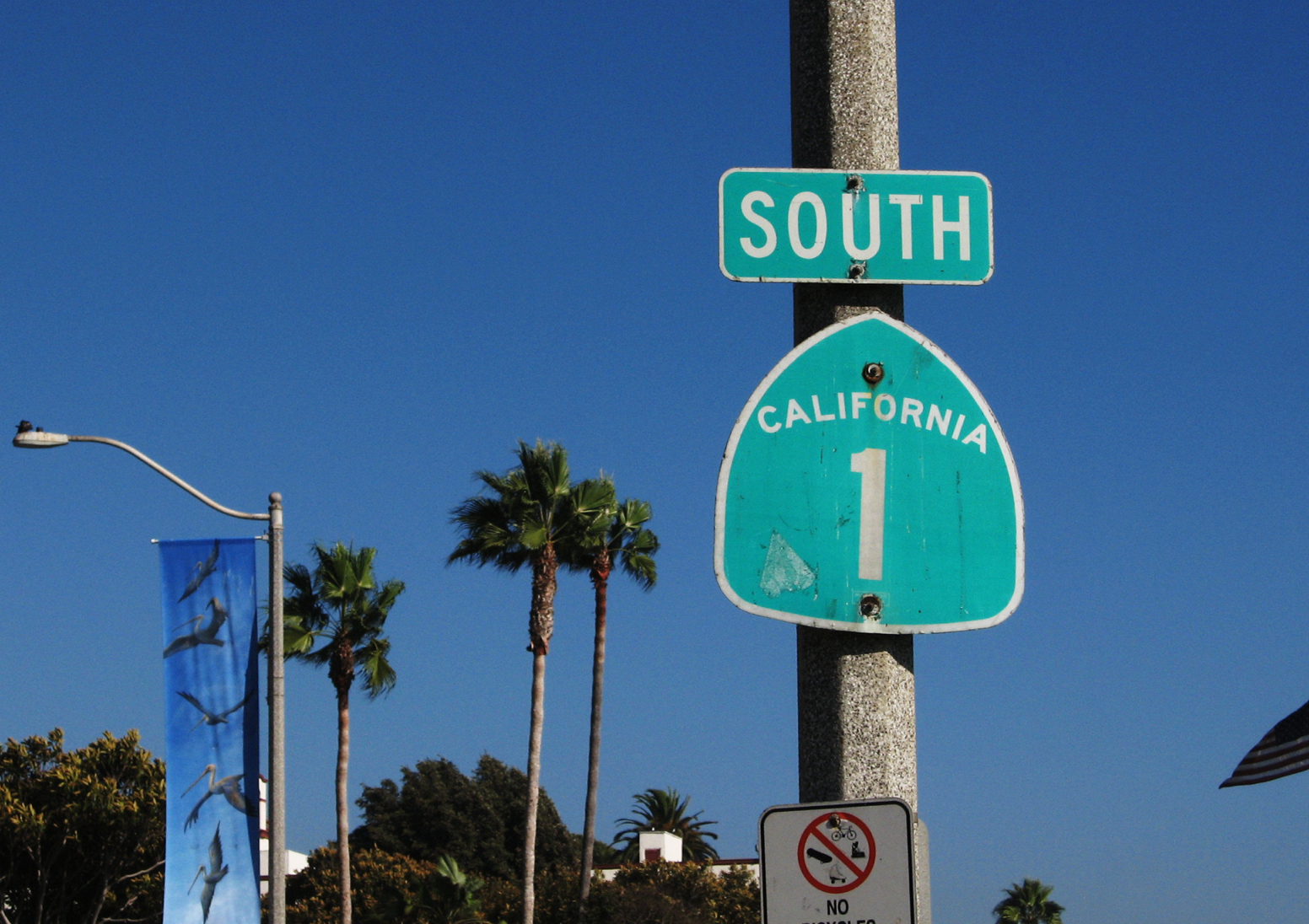sr1
v0.2.0
Published
State Route 1: Simple routing & state management for React
Downloads
4
Readme
State Route 1
A scenic, All-American framework for state management and routing in React

Design
SR1 exports three singleton objects: State, Store, and Route. You can use them from any module that imports SR1.
Between them lies all the global state for your application: State for transient information, Store for persistent information, and Route for information found in your URL bar.
All members of this triumvirate fundamentally behave in the same way:
- You can treat them as plain objects, read their properties (and their properties's properties)
- You can call
.set(...path, value)to replace a value at a particular path - You can call
.update(...path, value)to merge an object into the entry at a particular path - You can call
.get(...path)to retrieve a value at the path
Any time any of these state containers is updated, all React components get re-rendered.
One of the cooler ideas in SR1 is that information in your URL bar and history navigation buttons can also be handled in the same way. The path component of the URL is dumped into the special key Route.path, and parts of the query string are automatically parsed into Route.query.
State Management
By accessing the State singleton, we can manage the state of the page. Think of State as a big object variable associated with the page which can be updated with set and update methods.
import { State } from 'sr1'
function App(){
return <div>
Number of times this button has been pushed: {State.count || 0}
<button onClick={e => {
State.set('count', x => (x || 0) + 1)
}}>Increment me!</button>
</div>
}Routing
In SR-1, we handle routes with plain if statements, the way nature intended.
import { Route, Link } from 'sr1'
function App(){
let m;
if(Route.path == '/about'){
return <div>
The Pocket Monster appreciation society has dozens of members
since its first meeting in 1998.
</div>
}else if(m = Route.match('/pokemon/:name')){
return <div>
{m.name} is one of my favorite pokemon!
</div>
}else{
return <div>
Check out our <Link href="/pokemon/bulbasaur">Bulbasaurs!</Link>
</div>
}
}The Route object, which can be imported from any file exposes information about the current page's URL.
Route.pathis the base path of the url (including a leading path)Route.queryis an object which contains the decoded URL parameters (e.g.?this=that&more=stuff)Route.configis an object that contains the decoded URL hash (e.g.#merp=cola&derp=flerp)Route.*is additional hidden state information which can be navigated with the browser's history navigation
In addition, there are a few methods on the Route object
Route.go(href, additionalState={})which can be used to programmatically redirectRoute.updatewhich can be used to update parts of the page stateRoute.update({ path: '/home' })can be used to navigate to a page (preserving query string info)Route.update({ query: { merp: 'yolo' } })changes the query string to include?merp=yoloRoute.update('query', 'merp', 'yolo')does the same thing as the above
Route.setwhich can be used to programmatically replace the entire page view state. it has the same API asupdate
The Route.match method lets you quickly do pattern matching on page routes. The first argument is a pattern.
Mounting
For all of this stuff to work you'll need to wrap your root application node with <SR1> tags so it knows what to render when things change.
import { SR1 } from 'sr1'
ReactDOM.render(<SR1><App /></SR1>, root);Utilities
SR1 automatically exposes State, Route, and Store as globals accessible in your browser's web console. This way you can easily fiddle around with your application's state.
Accidentally referring to them from within your code throws an error with a friendly reminder to mind your imports.
